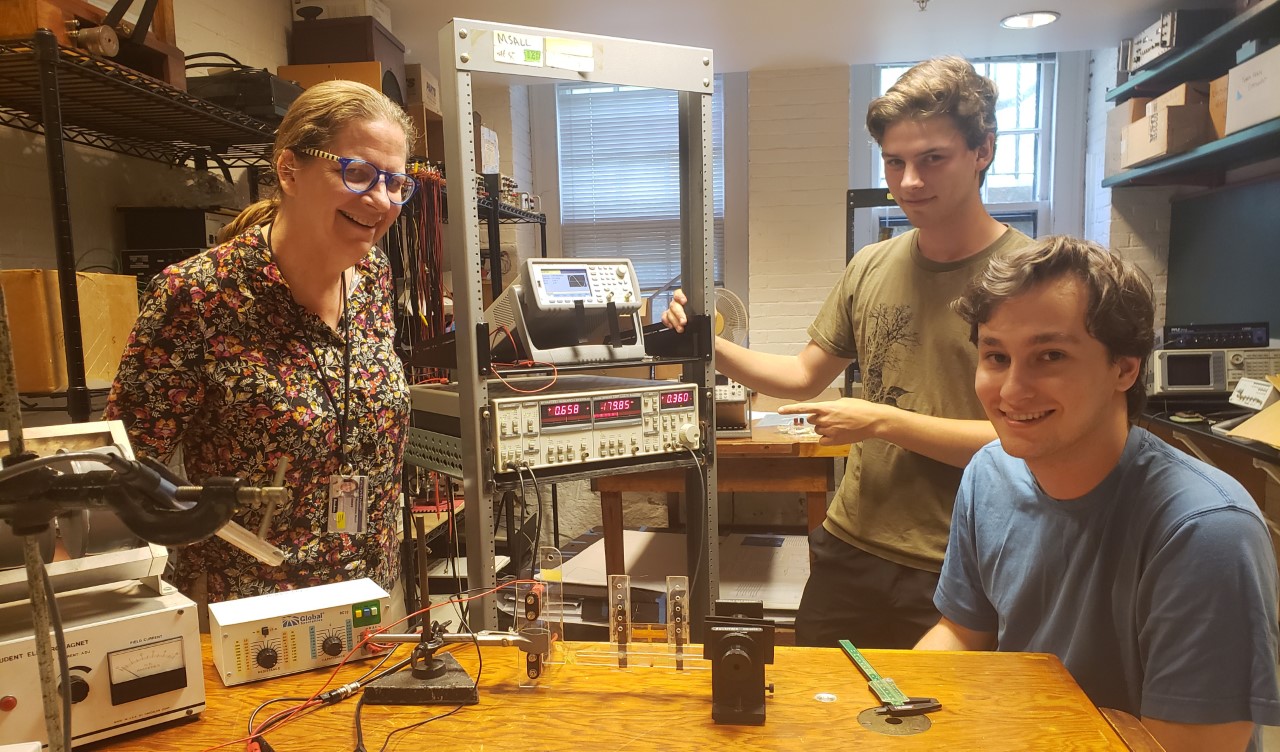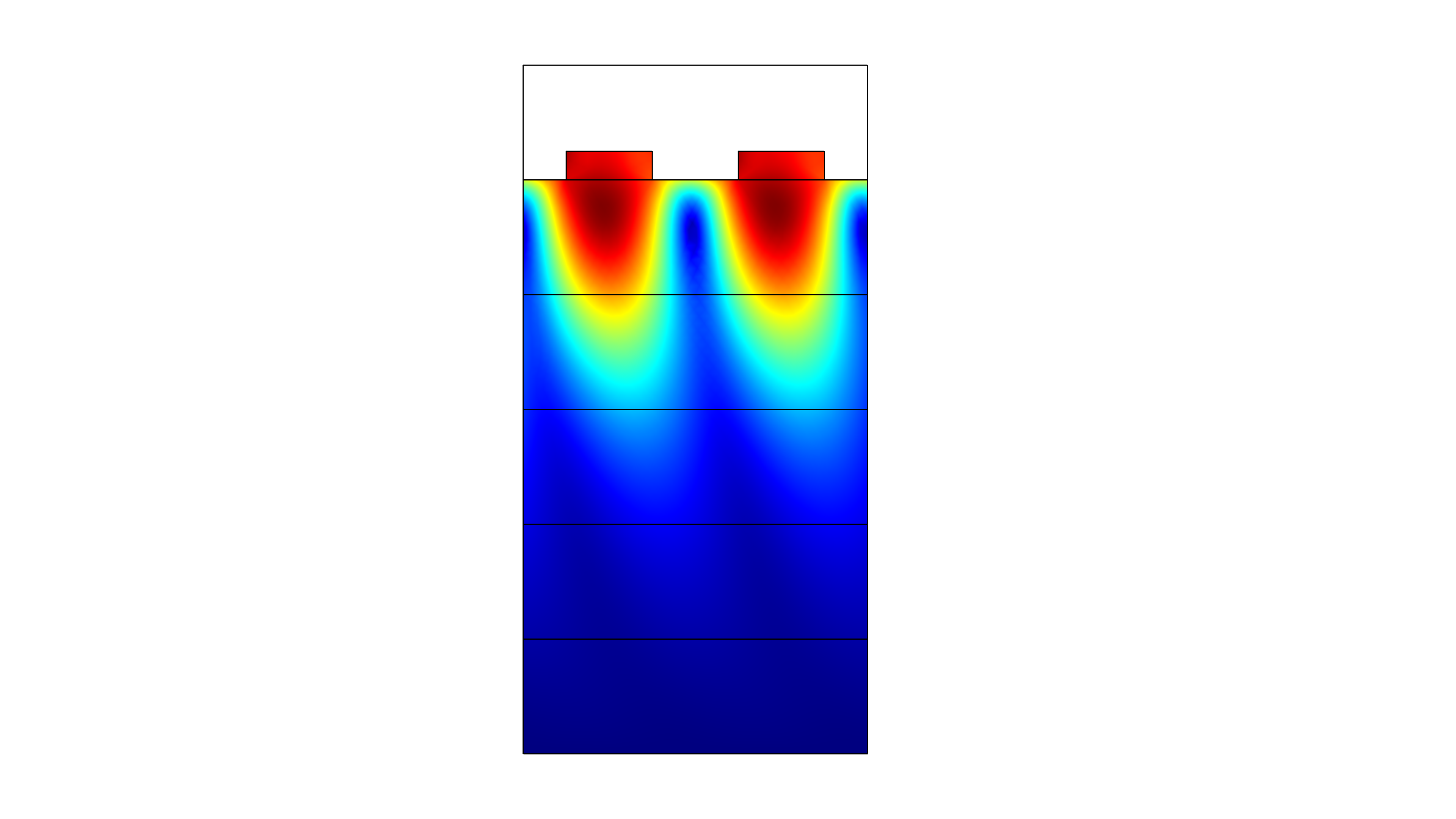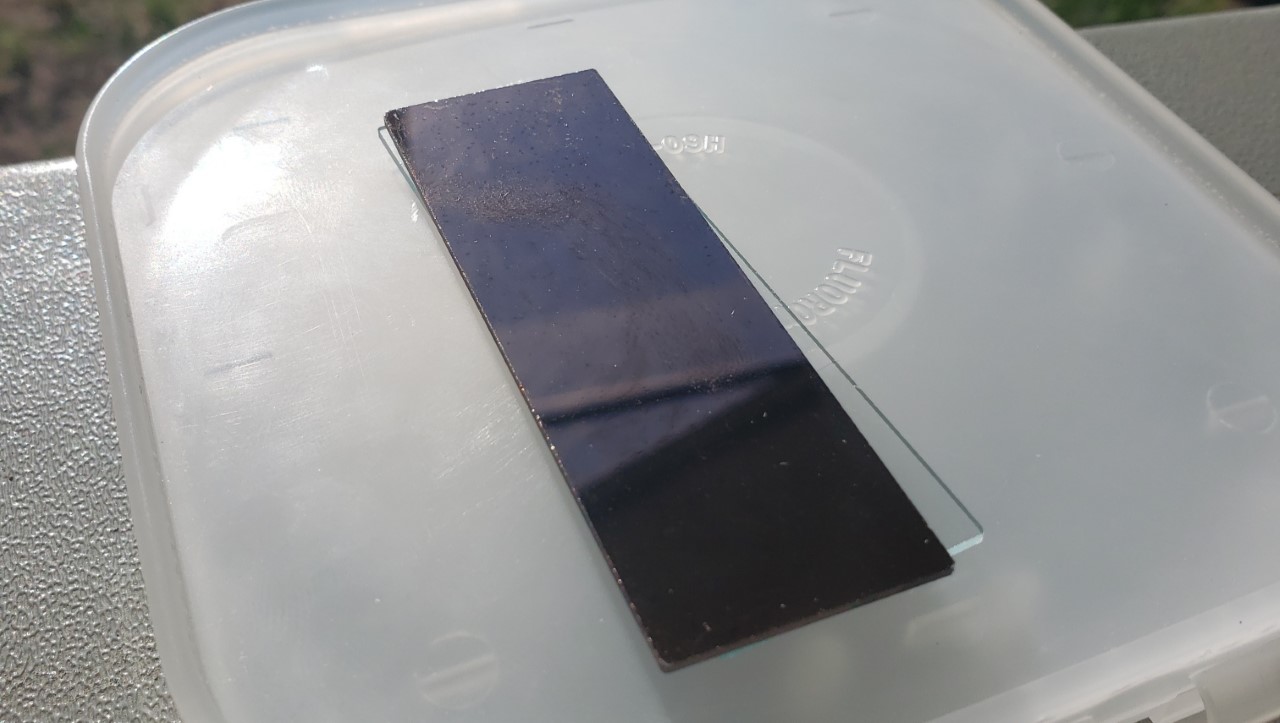Physics Students and Professor Make Strides in Solid State Research at Bowdoin and Beyond
By Angela McKenzie ’23
A year and a half after the COVID-19 pandemic forced her research efforts to shut down, Msall, with the help of Enzian and Hess, has returned to the lab to continue her study of surface acoustic waves (SAWs).
“Since the lab was completely shut down in March 2020, this summer is dedicated to restarting the equipment and building up capacity for future student research,” Msall said.
Msall first began working with SAWs as a graduate student at the University of Illinois at Urbana-Champaign. Since then, she has hired many Bowdoin students to work in her lab, introducing them to academic research in the sciences.
This summer, Msall, Hess, and Enzian are developing the framework for future research efforts at Bowdoin.
“This work [developing lab infrastructure] is not the most glamorous part of research, but it’s a necessary and often engaging level of problem solving and testing that supports overall research capacity at the College,” Msall said.
One of the major projects within the group's research is the integration and testing of a new metal deposition system. Hess, a rising junior, has been working closely with the new machinery this summer. Using Hall effect measurements, Hess is characterizing different aspects of the machine’s deposition abilities.
“The idea is that we'll make depositions at various heights just by lifting the stand closer to the sputterer and then running Hall effect measurements on those bars. Then if we get good data for the Hall voltage in the bar, we can calculate the thickness and figure out the thickness as a function of height,” Hess said.
Msall noted that this work is critical not only in her own research but also in the future lab work of advanced Bowdoin physics students.
“Once the bugs are out, students who perform the famous Hall experiment in our advanced lab [PHYS3010] will be able to make their own Hall bars,” she said.
The other important piece of the group’s work is the development of COMSOL software to model how the solids will respond when subjected to different acoustic and electric signals. Enzian, a senior physics major, has spent his summer investigating this portion of Msall’s research.
“The COMSOL models help determine how the SAWs will move through different surface patterns on the solids," Enzian said. "It’s a lot of building the geometry of the devices and then applying the different types of physics and boundary conditions.”


From Bowdoin to Berlin
Since her last sabbatical in 2017, Msall has collaborated with researchers at the Paul Drude Institute in Berlin, Germany. Her work with the group called Control of Elementary Excitations by Acoustic Fields has shaped the trajectory of her research.
“Paulo Santos, the group leader, introduced me to the power of shaping acoustic transducers, the devices that generate and detect our surface waves, in order to focus them on low dimensional electron systems," she said. "My work has been to incorporate my expertise on phonon focusing, the tendency of wave energy to flow along preferred directions in crystals, into the transducer design."
The Berlin group is investigating how SAWs can be used to manipulate electron systems of three dimensional potential wells called quantum dots. Msall noted that such manipulation of individual electrons is an important piece in understanding how quantum computing works.
“One important project from the Santos group is working to make a SAW switch for quantum computing applications," she said.
Msall emphasized that the work Enzian and Hess are performing this summer is an important piece in the advancement of her research with the group. Looking toward her next sabbatical, Msall said she hopes to return to Berlin with data collected from her Bowdoin lab.
“Down the line, the deposition system will be used in conjunction with our fine-line photolithography equipment to produce MHz acoustic wave generators for my research," she said. "The COMSOL software helps predict the type of film patterns that will most effectively generate the acoustic waves used to interact with electron systems.”
And Msall said she's grateful for the work her group has accomplished this summer.
“My greatest success right now is just showing up and making incremental progress,” she said. “It’s super helpful to have strong students who are enthusiastic about the work who help me keep my eye on the big picture.”